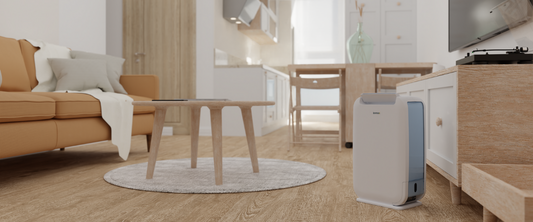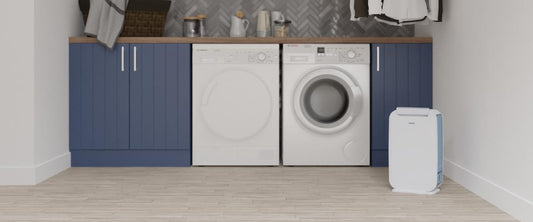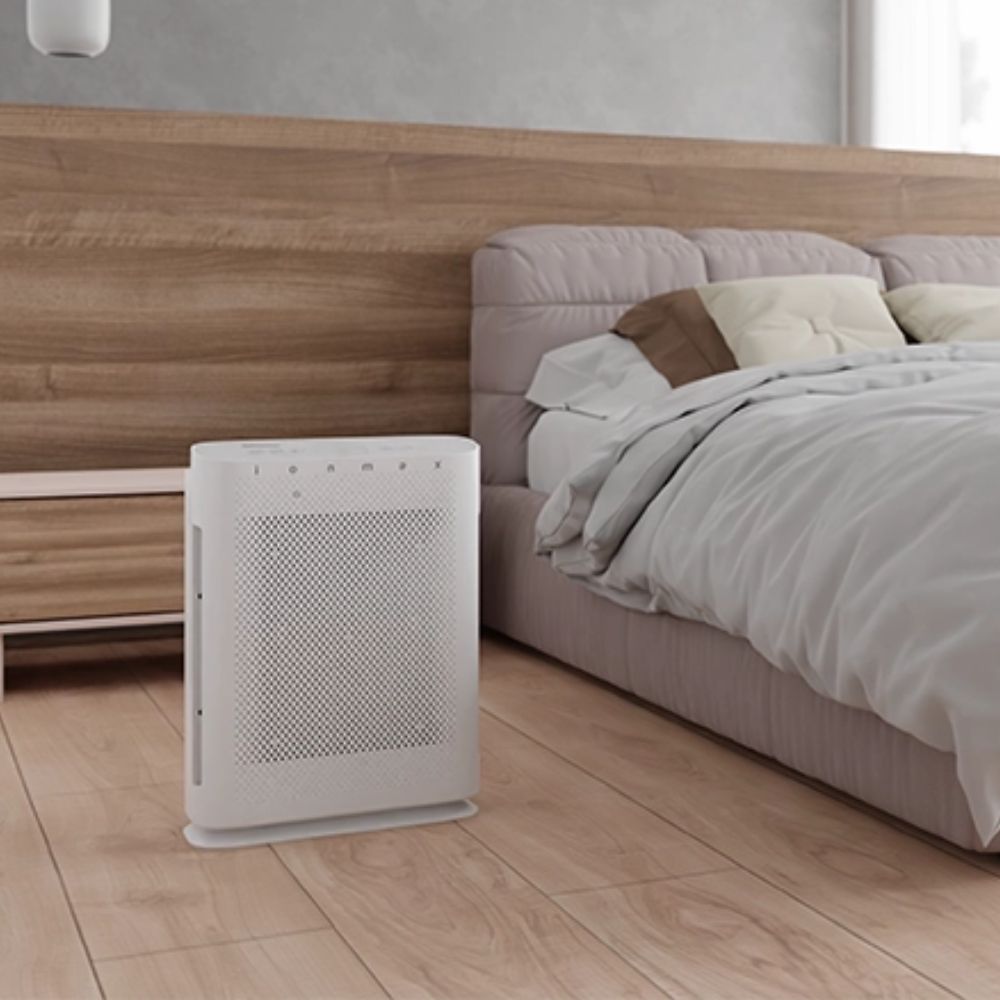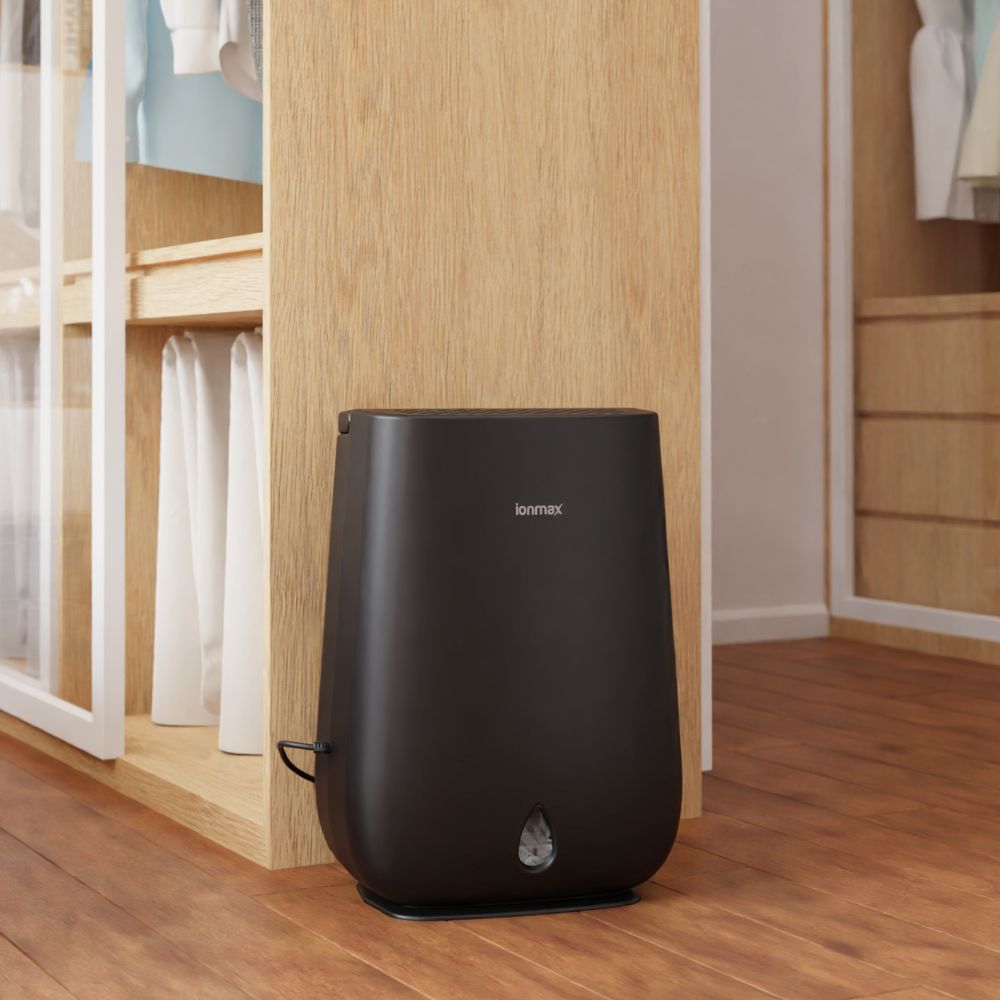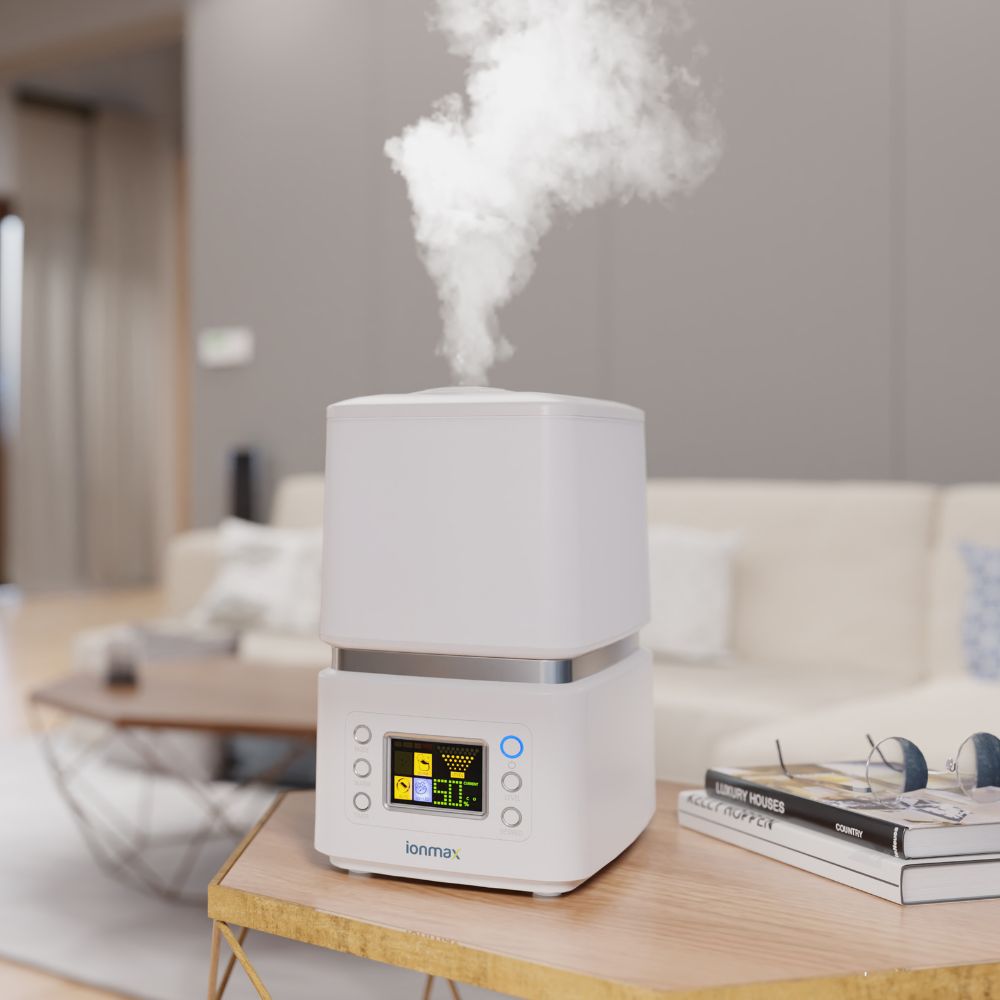Global statistics indicate air pollution (indoor and outdoor) contributes to 11.65% or 6.67 million deaths globally. This was the third leading cause of death by risk factor after smoking and high blood pressure.
Ironically, all three of these causes are linked, as smoking is known to cause high blood pressure and air pollution. Prolonged exposure to airborne pollutants is also known to cause high blood pressure.
In Australia, 1.3% of the total disease burden was due to air pollution, leading to an estimated 3,200 annual deaths.
This figure highlights the severity of the smoky situation, serving as a wake-up call for heightened awareness and policy measures. It underscores the need for a collective effort from Australians to combat air pollution.
In this blog post, we’ll explore the different facets of air pollution, what makes pollution so deadly, its effects on our bodies and how we can reduce exposure to pollutants.
PM2.5 and other particles causing air pollution
PM2.5 or particulate matter 2.5 are microscopic particles that measure 2.5 micrometres (0.0025mm) in diameter or smaller and are most commonly found in smoke and cause detrimental health effects.
LEARN MORE: What is PM2.5, and why is it harmful?
These particles are small enough for humans to breathe deeply into their lungs and can cause wheezing, coughing, chest tightness and difficulty breathing.
Common sources of PM2.5 include:
- Smoke from fire or cigarettes
- Vehicle emissions
- Bushfire smoke
- Industrial activity
- Volatile organic compounds
We can see that the sources of PM2.5 pollutants are a mixture of indoor and outdoor sources. Addressing these pollutants requires comprehensive strategies, including emission reduction measures, improved urban planning and employment of efficient air purifiers to remove these pollutants.
Air pollution linked to heart and lung diseases
Air pollution, particularly from exposure to PM2.5, has been linked to five potentially fatal diseases. They include
- Coronary heart disease
- Stroke
- Lung cancer
- Chronic airway diseases
- Lower respiratory infection
When breathing polluted air, particles can travel to your heart and lungs, via your bloodstream. Long-term exposure increases one’s risk of developing heart and circulatory diseases.
Heart disease and strokes
Once the pollutants are in your bloodstream, they can damage blood vessels by making them narrower and harder. This makes it more difficult for your blood to flow freely, increasing the risk of blood clots and putting additional strain on your heart muscles. Air pollution contributes to the development of strokes through the deterioration of heart health and blood vessels.
Lung cancer
Pollutants deteriorate the health of the lungs through the buildup of tiny particles that can damage the DNA in cells. This changes how cells divide and may lead to lung cancer.
Chronic airway diseases and respiratory infections
Air pollution tends to worsen any existing respiratory diseases, including chronic obstructive pulmonary diseases and asthma. Pollutants from the air can irritate the airways and trigger asthma attacks. As air pollutants like smoke and pollen are common asthma triggers, polluted air can cause asthma attacks.
LEARN MORE: The benefits of air purifiers for asthma symptoms
Economic and social costs
A 2020 study found that there was an average economic burden of $6.2 billion annually and that air pollution-related costs of mortality in Australia are higher compared to other nations.
Scientists involved in the study believe that the deaths and costs incurred as a result of this can be avoided by changes to one’s lifestyle as well as through implementing more stringent regulations to control PM2.5 emissions.
Air pollution in the country also incurs significant costs to the economy, society, and the environment. For instance, in the 2019-20 Australian bushfires, where 12.6 million hectares of forests and woodlands were burnt, impacting nearly 3 billion animals.
LEARN MORE: Air purifiers for bushfire mitigation
Exposure to PM2.5 and other pollutants can impair cognitive function and productivity, particularly in outdoor workers. Health problems resulting from poor air quality can lead to absenteeism and lower levels of productivity.
Air pollution can also impact tourism and recreation in the country, deterring outdoor enthusiasts from visiting certain areas, particularly those known for natural beauty and recreational opportunities.
Solutions and mitigation strategies
When it comes to outdoor air pollution, our options for directly reducing pollutant concentrations are limited. However, by raising awareness and advocacy for emission reduction policies, we can work towards lower air pollution levels in Australia.
How to mitigate indoor air pollution
There are several ways to mitigate indoor air pollution, such as:
- Employing air purifiers: Air purifiers fitted with a high-efficiency particulate air (HEPA) filter will remove airborne particles, including PM2.5, from ambient air. This is particularly useful for individuals living with respiratory conditions like asthma.
- Improved ventilation: Enhancing ventilation in indoor spaces by opening up windows and doors or using mechanical ventilation systems helps dilute indoor air pollutants and improve circulation.
- Source control: To nip indoor air pollution in the bud, identify and mitigate sources of indoor air pollution such as tobacco smoke, cooking emissions, household cleaners, and mould, among others. If sources of indoor air pollution are not dealt with, a room or building could suffer from sick building syndrome.
- Regular cleaning: Keep indoor spaces clean and dust-free to reduce the concentration of pollutants, including pet dander, smoke and other pollutants. Regularly vacuum and mop your living space to maintain indoor air and reduce exposure to harmful particles.
How to mitigate outdoor air pollution
Mitigating outdoor air pollution requires community awareness and engagement, as this pollution is usually caused by sources out of individual control, such as bushfires, pollen season, vehicle emissions, and others.
Apart from avoiding the outdoors, other steps to help control outdoor air pollution include wearing protective clothing when outdoors during times of high pollution and monitoring pollution levels to plan your day around.
Opting for more sustainable means of transportation such as cycling, walking, the use of electric vehicles, or even public transportation instead of private cars can help reduce vehicle emissions.
Browse through Ionmax’s wide range of air purifiers to find the right unit that suits your space and air purifying needs.
Disclaimer: The information provided in this article is for general reference only. Please seek advice from professionals according to your needs.



